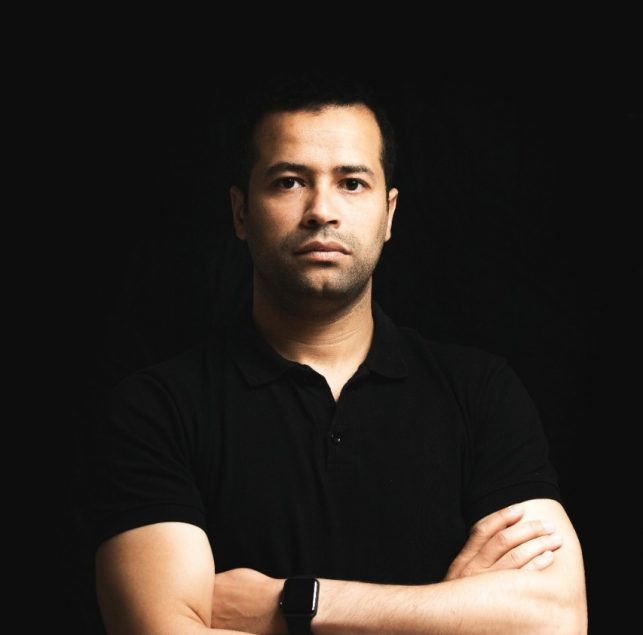History & Heritage
8.31.2021
Sherif Farag, architect of the Al Nouri Mosque : “Respecting history while looking at the future”

Last November, UNESCO opened an international competition among architects and engineers from around the world to rehabilitate the famous Al Nouri Mosque, destroyed by the Islamic State during the battle of Mosul.
Sort of Islamic “Leaning Tower of Pisa”, the Al-Nouri Mosque was an iconic figure of Mosul before it was destroyed by ISIS members, during the capture of the city in 2017. Nicknamed Al Habda (The Hunchback) by its residents, due to its leaning minaret, the site was not only an emblematic landmark for all Mosulis, but more importantly a unique historical monument. Dating from the 12th century, the mosque was visited by famous visitors such as the Ayyubid emperor Saladin and the Berber traveler Ibn Battuta.
If it was destroyed and rebuilt in the 1940s according to new plans, its minaret managed to remain intact since the medieval period until the invasion of the jihadists in the city.
In order to look to the future, but also to give hope to the inhabitants of Mosul and the international community, UNESCO launched last November, in cooperation with the Iraqi Ministry of Culture and the support of the UAE, an international architectural competition to propose a new design for the reconstruction and rehabilitation of the Al Nouri mosque complex. We met with Sherif Farag, architect and president of ADD architects, the Egyptian architectural firm that won the first prize in the competition.

What are the qualities of a good architect according to you?
The quality of a good architect lies in finding solutions to deal with its surrounding challenges. Those could be physical, cultural, social or historical. Every architecture should also place the human being at its center. Unlike commercial architecture, which is focused on the market or financial issues, the architecture should deal with people instead. It is very important to measure architecture with this philosophy in mind.
You co-founded your own architecture company a few years ago. How did you come to this decision and which vision of architecture did you want to convey?
The main motivation behind this company was my wife. She is an architect herself, and we were working together for a long time, when she started to tell me I should launch my own business. She believed in me and she had a clear vision for me. So she pushed me and, hand by hand, we started to build this company together with a very small team at the beginning.
What is your creative process when you start a project?
The most important thing is to rely on nice teamwork to begin with. Then, we enter the research stage, after which we do brainstorming to select a few concepts, and we filter all ideas to select the best solution. After those stages, we develop the concept, the drawing and drafting of the whole project. When I build a private home for my client for example, it is very important for me to know everything about my client. I need to know about his lifestyle, his story, how he is dealing with his childrens…., etc, so I can make his home like a reflection of himself.

What was the most challenging part of the rehabilitation complex of Mosul Al Nouri mosque?
The rehabilitation of Al Nuri complex is a special case, because of its destruction by ISIS in 2017. We had to take in consideration the critical zone in which the site lies in order to build a new design. Our main concern in this project was to design a new structure respecting a historical site but also looking for the future, meanwhile designed for the people of Mosul.
What is your favorite architecture and architects in the world?
It is not because I’m egyptian but I think The three pyramids of Gizeh are one of the most spectacular examples of architecture in the world. It has a long history, and the way it deals with the surroundings and was designed with astronomical calculations, at a time where there was no technology is just fascinating. As for the contemporary one, I think the Renzo Piano with the digipool cultural center proposes a unique experience. I also love the work of Hassam Fathy, who is one of the most influential architects in this era. He is the one who made me believe in the power of architecture and the experience it could offer to people. His book, “Architecture for the Poor” is one of the most important books I have ever read. As we talk a lot about sustainability today, his book proposes a unique vision of responsibility in architecture.

How the architecture of the future should look like according to you?
I think Internet Of Things, new applications and modelling based systems should merge together to increase the experience of the spaces and the environment qualities of the buildings. I believe technologies have a role to play for something good.
See also
undefinedpopular

